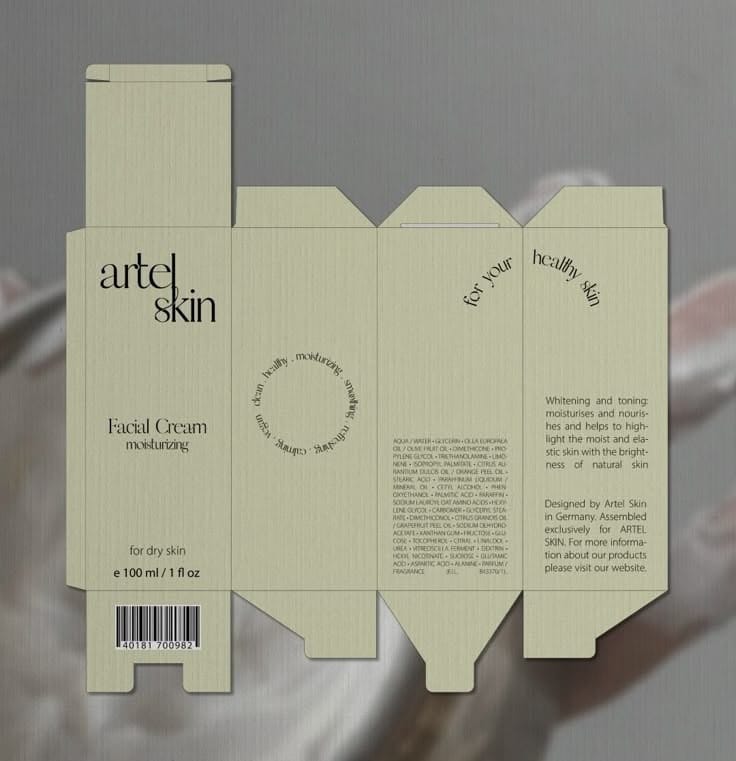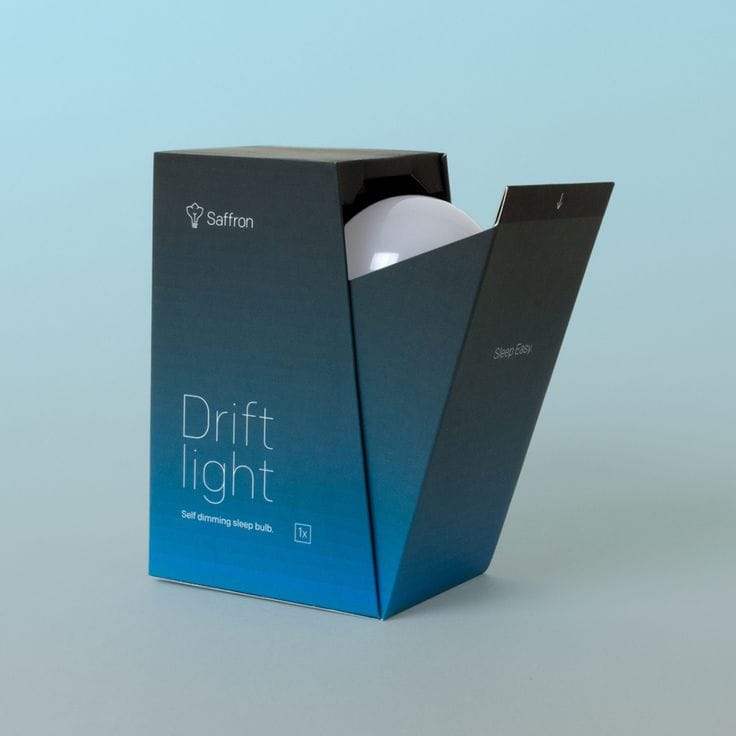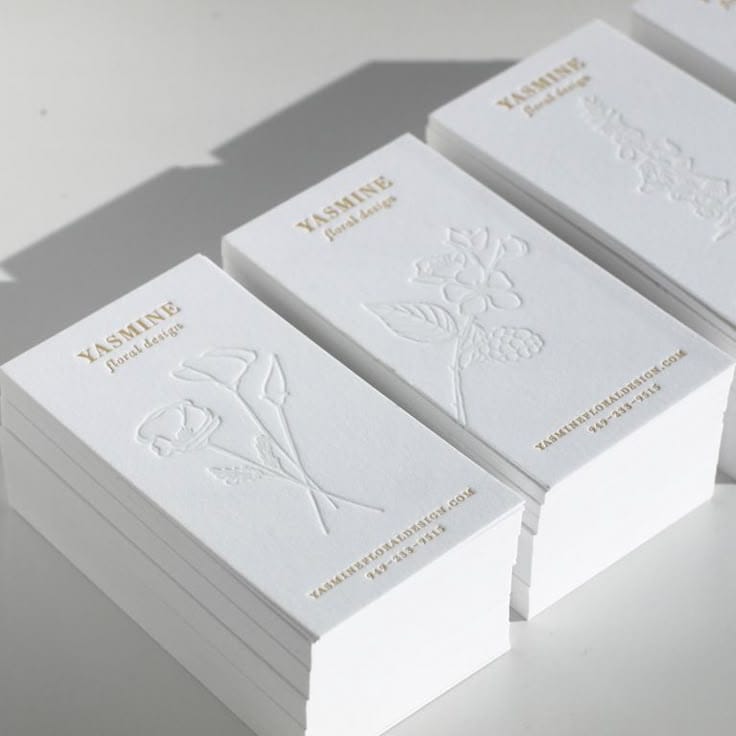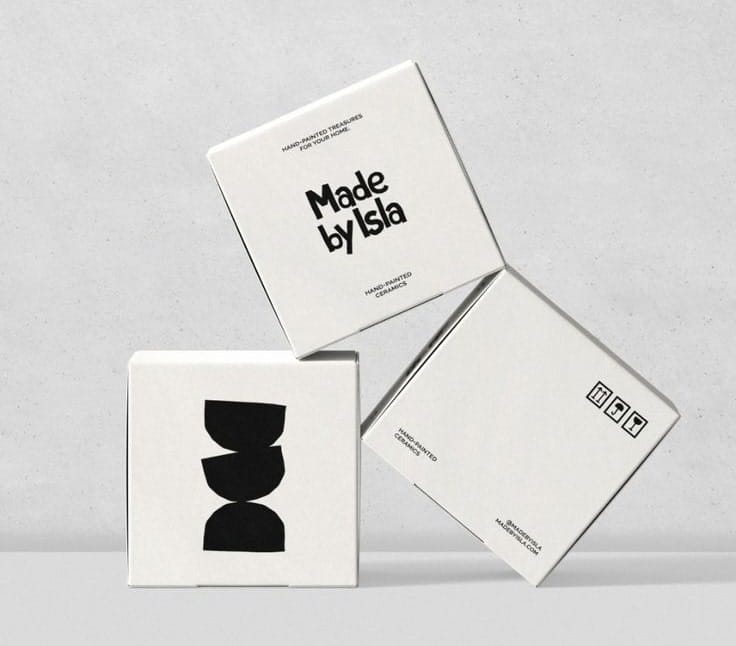Minimalism is the newest and biggest trend in packaging design across many industries. However, with so many brands designing minimalistic packaging, it can be hard to stand out from the rest of the industry.
Simple designs do not mean sacrificing creativity. Instead, try to strive for a balance between simplicity and functionality, drawing attention to key elements of your packaging design. You might think that minimalistic designs are boring, but actually, simple designs show intentionality by brands as each element is well thought out and meant to serve a purpose.
Here are six things you can make intentional decisions about to master the art of minimalistic packaging design:
- Typography
- Color palettes
- Structural design
- Negative space
- Sparse add-ons & finishes
- Branding visuals & icons
1. Play with Typography
Using different fonts can help convey your brand’s unique personality. In addition to that, a visual hierarchy can be instilled through finding complimentary but different fonts. Bolder and larger fonts tend to include more vital information, whereas more understated ones are used for additional details. The size and alignment of this font can also help to create more visual variety while keeping your design quite minimal. Read more on tips for choosing fonts here.

2. Experiment with Color
When it comes to minimalistic packaging, a well-thought-out color palette can not only draw more consumer attention to your packaging but can also help you showcase your identity. Try to opt for a limited color scheme that resonates with your brand identity.
If you’re aiming for a more classic look, consider sticking with neutrals as your dominant colors with sparing pops of color. If you’re aiming for a more playful look, pick 1-2 bold colors to contrast with each other. With color, the key is to stick to a limited color scheme.

3. Be Smart with Structural Design
Different material choices can significantly impact the perception of your packaging. This should be decided based on your own brand’s values. However, by simply sticking to monomaterial packaging, you can easily simplify your packaging while increasing its sustainability factor.
Experimenting with unconventional shapes and structures can also make your packaging stand out. You can rely on innovative folding techniques or opening mechanisms that make a more seamless customer experience. Don’t underestimate the impact a uniquely smart packaging design can have.

4. Be Mindful with Negative Space
Negative space is one of the most powerful design elements in minimalistic packaging. Also known as white space, it refers to the empty spots on your packaging design. Don’t be afraid to let areas of your packaging remain blank.
Negative space can be used to help organize and group elements and guide consumers to focus on specific details. It gives your designs some space to breathe and showcases your brand’s intentionality with specific design elements.

5. Stand Out With Add-Ons and Finishes
Add-ons and finishes are those final-touch details that can elevate the look and feel of your packaging. For add-ons, choose subtle textural changes or be sparing with bold, eye-catching elements. Adding flair in small doses, such as foil stamping or embossing, helps to give your packaging personality whilst remaining relatively simple and minimalistic.

6. Get Creative Branding Visuals and Elements
Branding visual designs can help to bring personality to your packaging. However, to keep it minimalistic, try to keep the monochrome. Bringing in visual elements from your brand, such as elements of your logo, can help to bring cohesiveness to your packaging.
Icons can also be used to replace lengthy text. Try to ensure that they are simple and meaningful to ensure that they are not taking away from your minimalistic aesthetic.

Closing Thoughts
Remember, when it comes to minimalistic packaging, less is more. Try to keep your designs clean and uncluttered, such that every element has a purpose. This can help with ease of readability and draw attention to key elements on your packaging.
Don’t forget to have fun with it! Experiment with different packaging elements that can elevate simple packaging from ordinary to extraordinary. Packaging doesn’t have to be a simple cardboard box. To explore more custom packaging structures and alternatives, click here. If you don’t see what you’re looking for, feel free to reach out and we can see how we might be able to help you!







